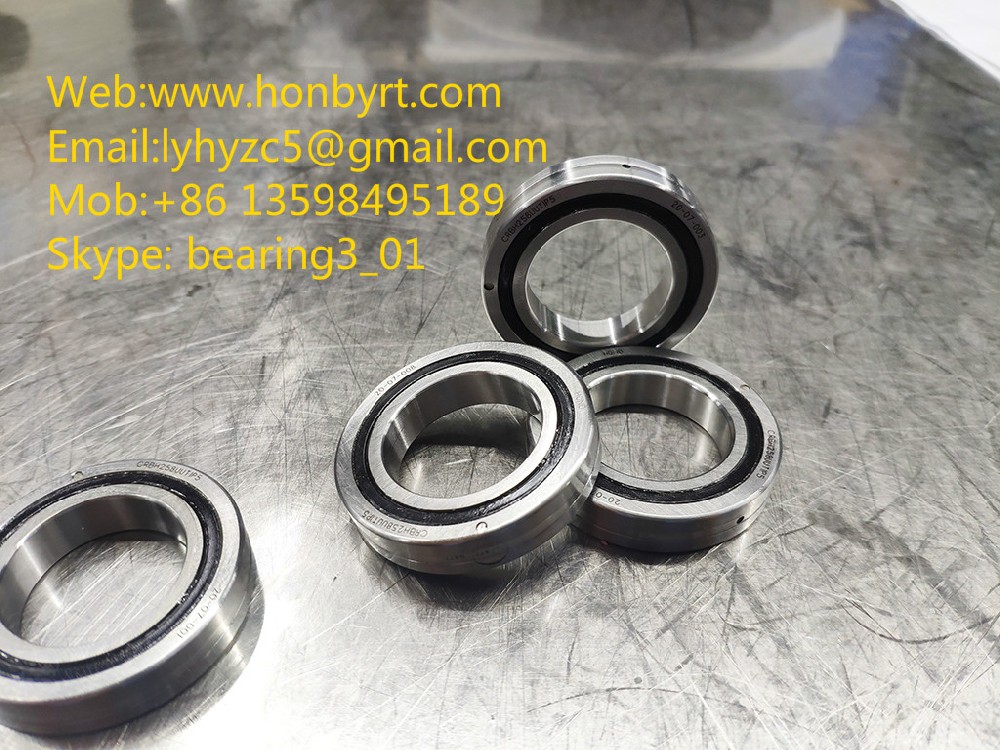Using the wrong lubricant type
Different bearing types and operating conditions require specific lubricants. Some applications require non-extreme pressure (non-EP) or general purpose (GP) greases, while other applications may require extreme pressure (EP) greases. Using the wrong lubricant can lead to insufficient lubrication, reduced bearing life, and increased maintenance costs. In addition, mixing different lubricants can result in an ineffective lubricating film, which can lead to increased wear and premature failure, because not all greases are compatible with each other. Only compatible greases can ensure the extended service life of the bearing.
Over-lubrication or under-lubrication Excessive lubricant volume can cause excessive temperature rise in the bearing, resulting in excessive heat generation, leading to bearing failure, and can also cause contamination and increase maintenance costs. Insufficient lubrication can cause excessive mechanical wear, which can lead to premature bearing failure. In addition, the amount of lubricant added should follow the manufacturer's recommendations.
Incorrect lubrication intervals If the bearing is not lubricated at the appropriate intervals, it will result in lubricant loss and equipment failure. However, arbitrarily choosing a time frequency for lubrication is not a wise move and may be counterproductive. The lubrication interval should be based on the type of bearing and operating conditions. You can follow the manufacturer's recommendations to accurately grasp the best time to lubricate. For grease lubricants, the supply interval can refer to the following figure:
In addition, it is also necessary to predict or estimate the service life of the lubricant while grasping the lubrication time interval. The following is the grease life formula for shielded/sealed ball bearings. When a single-row deep groove ball bearing is filled with grease lubricant and sealed with a protective cover or seal, the grease life can be estimated by the formula.


